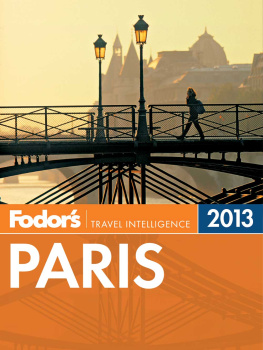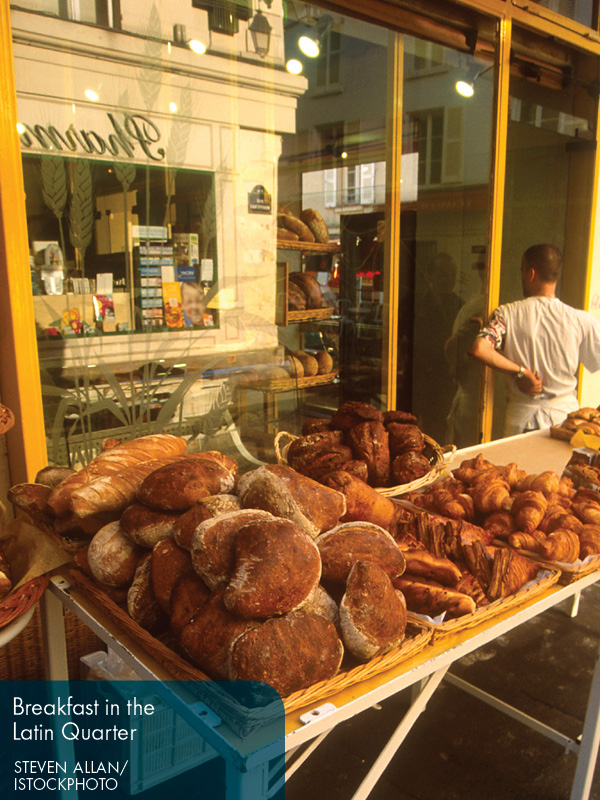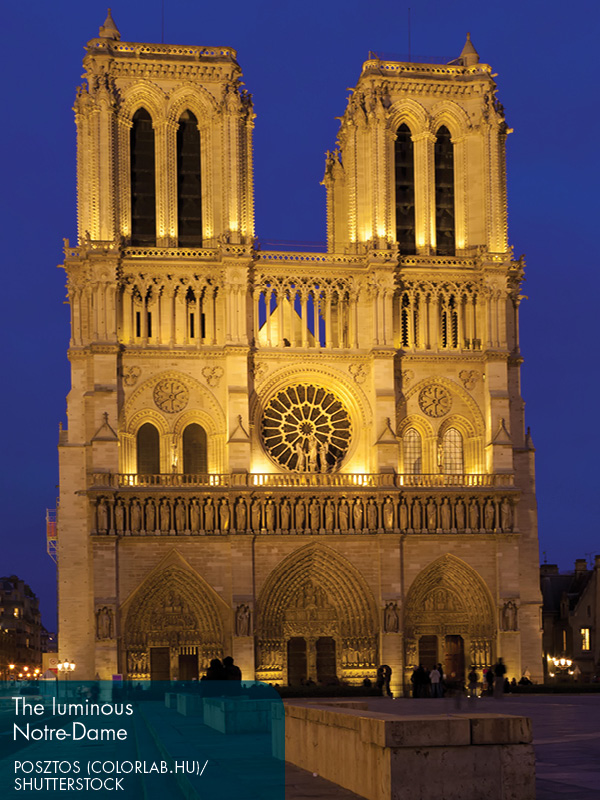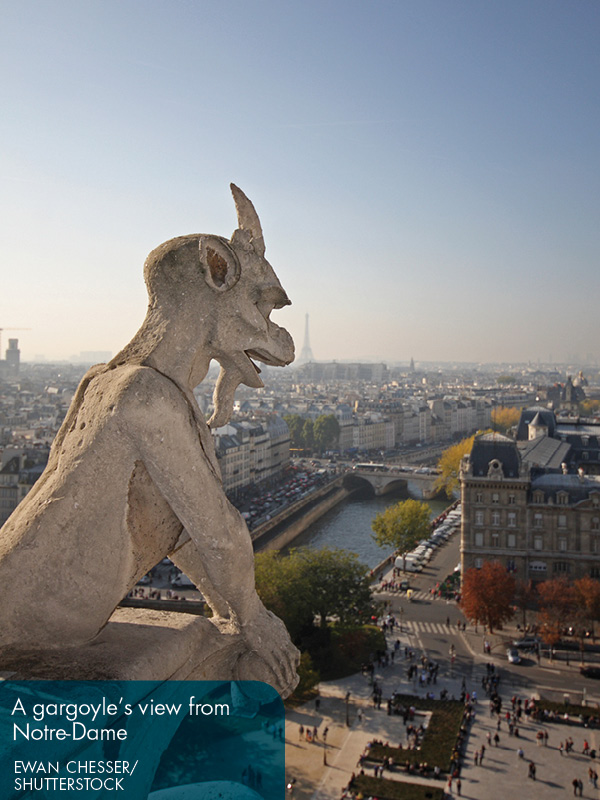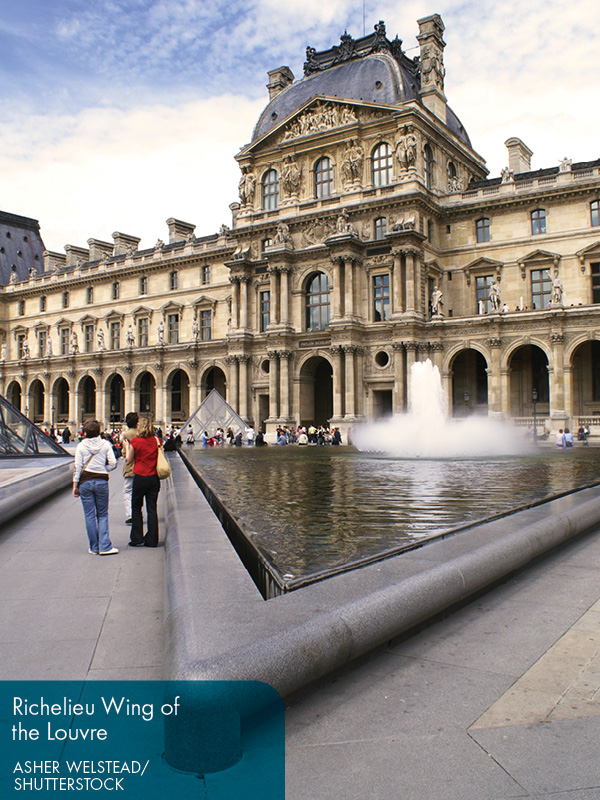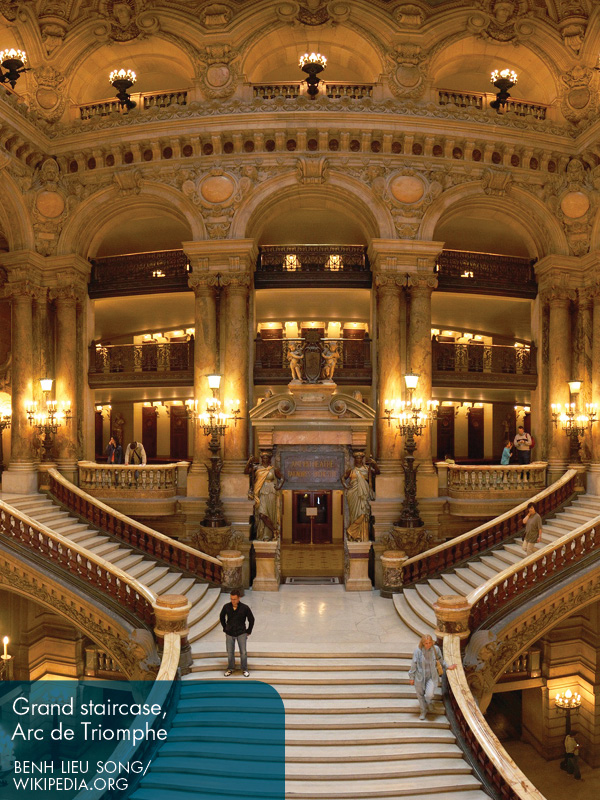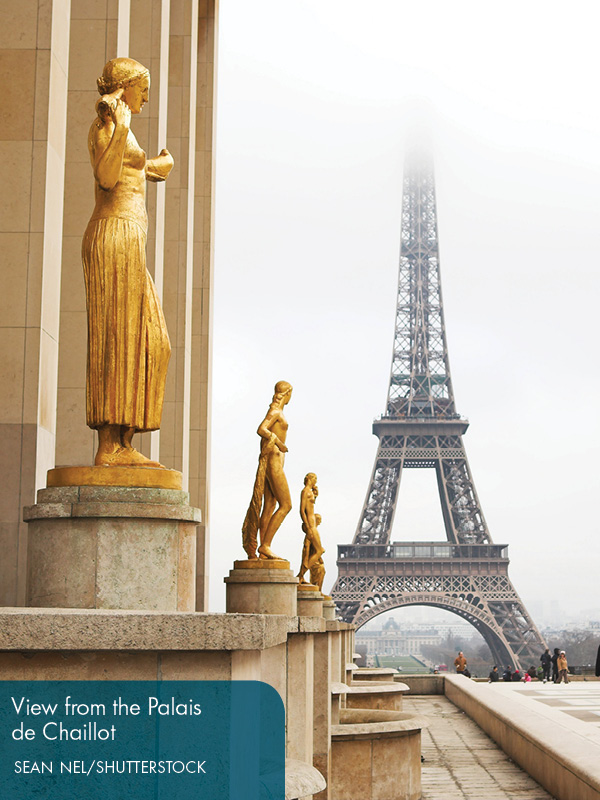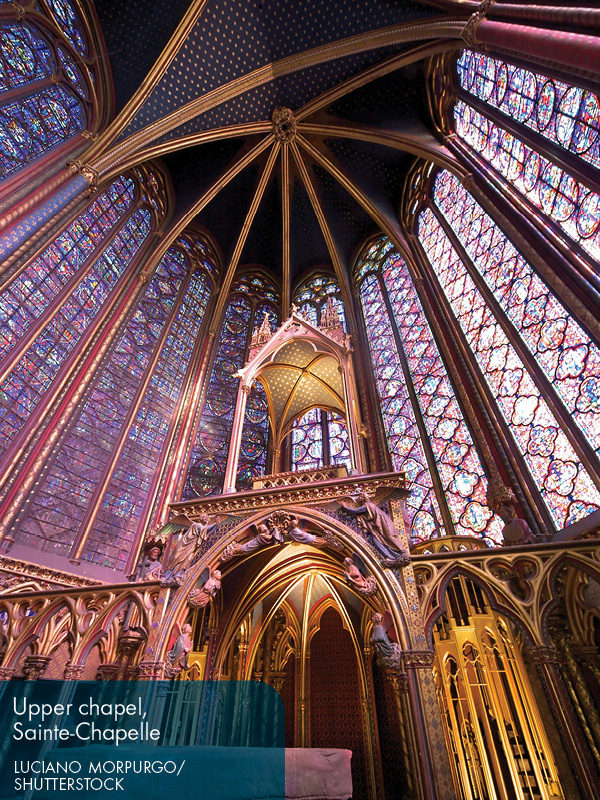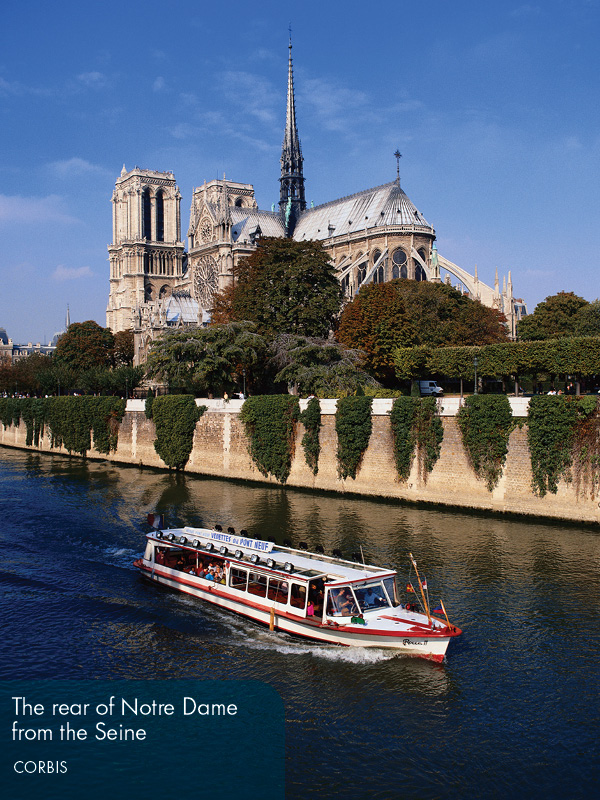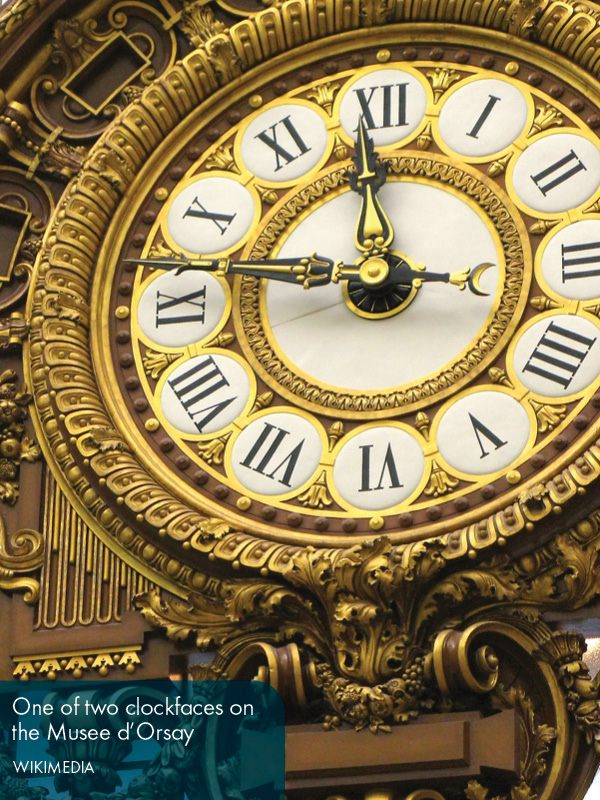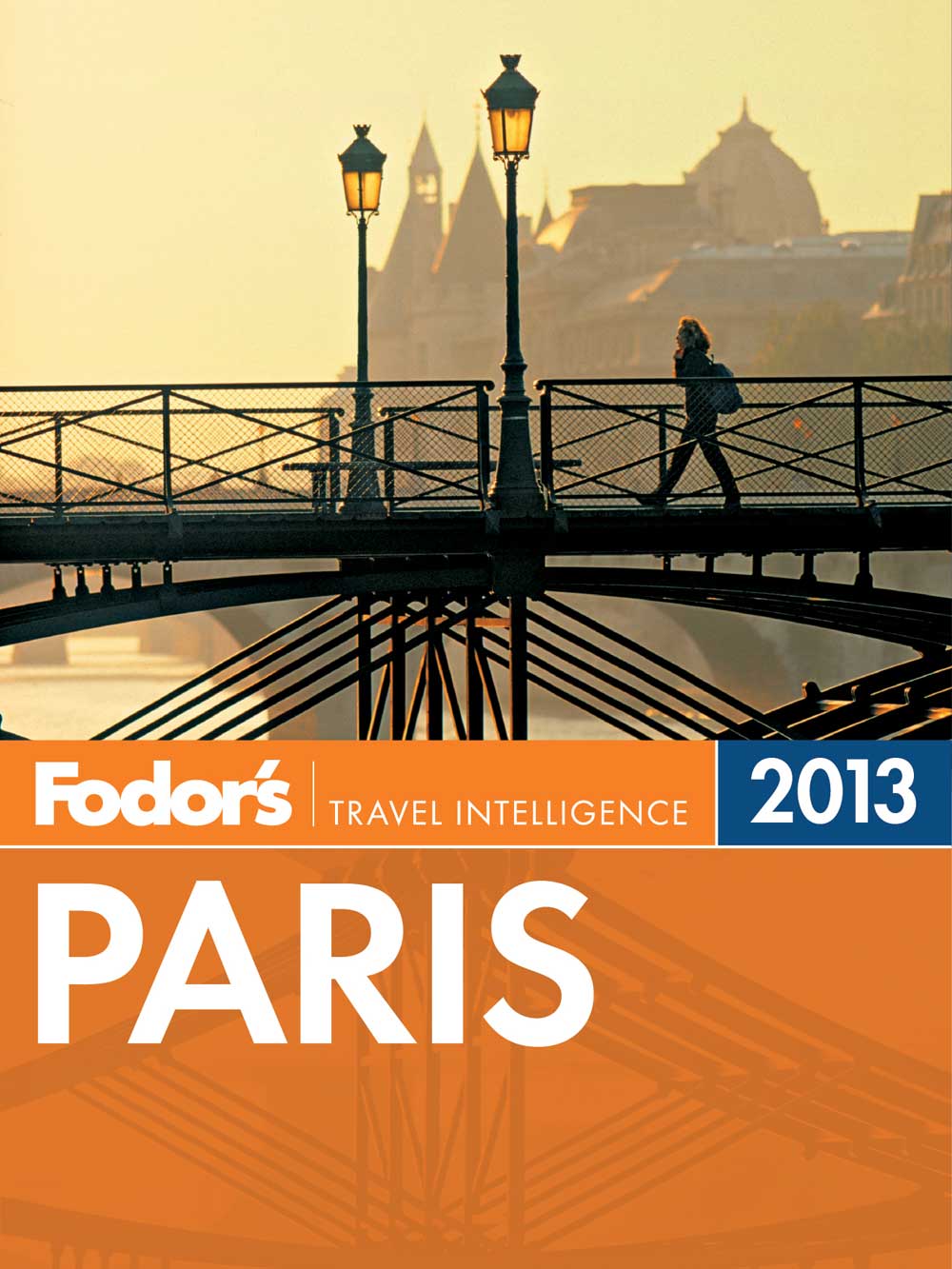
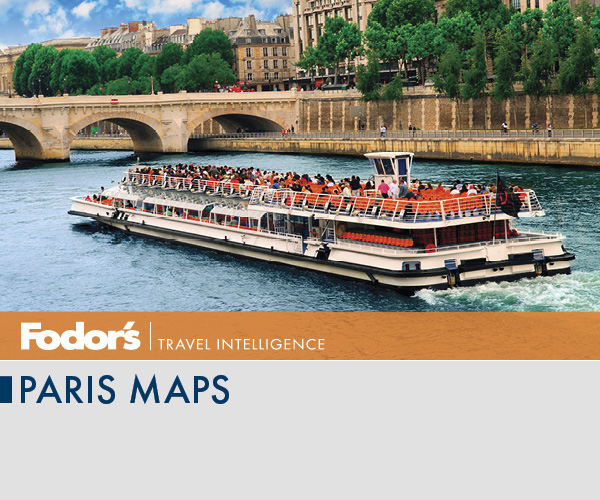
Experience Paris
Exploring Paris
Side Trips from Paris

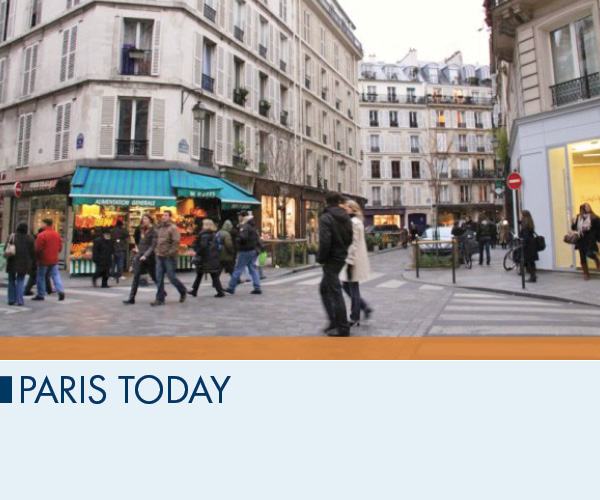
Bienvenue Paris ! Or, welcome to Paris! Although it may seem as if time stands still in this citywith its romantic, old buildings and elegant 19th-century parks and squarestheres an undercurrent of small but significant changes happening here that might not be immediately obvious.
Todays Paris...
... is cleaner. Parisians breathe a little easier today as the city moves toward a more eco-friendly lifestyle. And while the image of intellectuals sitting in a caf, cigarette in hand, may have been as much a part of the French identity as wine and cheese, that all changed in 2008, when the French government enacted a nationwide smoking ban inside all public buildings, including hotels, restaurants, and bars. The city is also cutting down on smogpollution with its popular Vlib municipal bikes and launched the AutoLib car-sharing service in December 2011 while adding pedestrian, bus, and cycling lanes on roads and extending the mtro and tram network. In addition to the gradual replacement of paved streets with more aesthetically pleasing cobblestones and widening the tree-lined sidewalks, the city is also planning an ambitious project to permanently pedestrianize the expressways along the Seine, following thesuccess of Paris Plage, the yearly beach party along the river.
... is friendlier. One area where fraternit has evolved is with French service: although North Americans, raised on the principle that the customer is always right, may find servers and store clerks a bit curt (and not always so efficient), Paris has become friendlier than it once was. This can be chalked up to necessity, as the service industry scrambled to compete for tourism dollars after the post-9/11 slump in business, and many of Parisswaiters have discovered that happy American tourists tip better than unhappy oneseven when the 15% service fee is already included in the bill. Thats not to say that service is delivered with a smile everywhere; it never hurts to learn a few French phrases, which will almost always reward you with warmer welcomes.
... is open in August and on Sunday. As recently as five years ago, Paris was still largely deserted in August when the locals fled to the countryside and beaches, leaving a wake of closed shops and restaurants. Today the city is very much alive throughout the summer, with outdoor music festivals, the beach along the Seine that is Paris Plage, and perhaps even budget constraints keeping more Parisians in town. Although the August exodus was neverofficial policy, the closed on Sunday was part of French law until 2009, when the government decided that allowing shops to stay open daily would boost the economy and employment. The Marais, the Avenue des Champs-lyses and St-Germain-des-Prs are among the liveliest places to go on Sunday, but other neighborhoods arent the ghost towns they once were.
... is even sweeter. Paris has always been a haven for anyone with a sweet tooth, but in the past few years there has been a veritable explosion of sugary temptations, from Ladures new tearoom at the Chteau de Versailles and the stiff competition among the citys macaron makers to the widespread craze for Italian gelato shops such as Grom, Amorino, Pozzetto, Deliziefolie, and Gelati dAlberto. No room for a fulldessert? Opt for the Caf Gourmand, now served in many trendy cafs, which is an espresso served with an artistic array of minipastries.
... is more affordable. It might be hard to believe, but despite the frustratingly strong euro, Paris is actually more affordable today than it was just a few years ago. In 2009 the French government lowered the Value Added Tax on food in restaurants from 19.6% to 5.5% (alcohol and some gourmet foods are still charged the full rate). As a result, many restaurants were encouraged to knock down the price of popular staples such as un caf, the plat du jour, and even the lunch menu. In 2010 slumped economic conditions prompted a relaxation of the strict rules governing sales in France: whereas traditionally there were only two sale periods allowed per yearin January and Augustnow shops have more flexibility to hold mini-soldes when they feel the need to move stock, and consumers can find good deals throughout theyear.
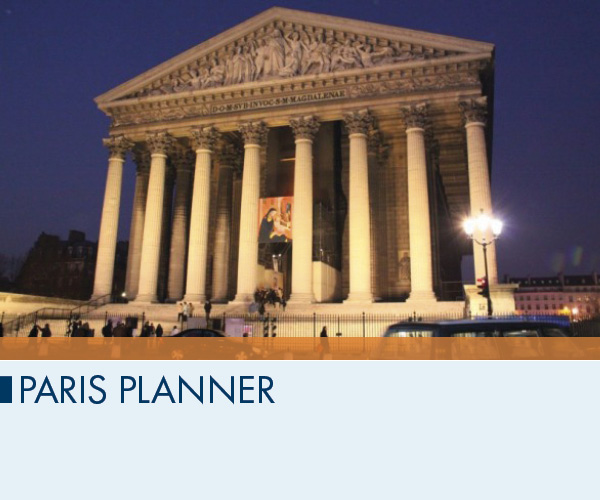
Getting Around
Paris is without question best explored on foot, and thanks to Baron Haussmanns mid-19th-century redesign, the City of Light is a compact wonder of wide boulevards, gracious parks, and leafy squares. When you want a lift, though, public transportation is easy and inexpensive. The mtro (subway) goes just about everywhere youre going for 1.70 a ride (a carnet, or pack of 10 tickets, is 12.70); tickets also work on buses and trams and the RER train line withinParis.
Paris is divided into 20 arrondissements (or neighborhoods) spiraling out from the center of the city. The numbers reveal the neighborhoods location and its age, the 1er arrondissement at the citys heart being the oldest. The arrondissements in central Paristhe 1er to 8eare the most visited.
Its worth picking up a copy of Paris Pratique , the essential map guide, available at newsstands and bookstores.
Saving Time and Money
Paris is one of the worlds most visited citieswith crowds to prove itso it pays to be prepared. Buy tickets online when you can: most cultural centers and museums offer advance-ticket sales, and the small service fee youll pay is worth the time saved waiting in line. Investigate alternative entrances at popular sites (there are three at the Louvre, for example), and check when rates are reduced, often during once-a-week late openings. Also, national museums arefree the first Sunday of each month. There are many within Paris, including the Louvre, Muse dOrsay, and Centre Pompidou.
Next page

